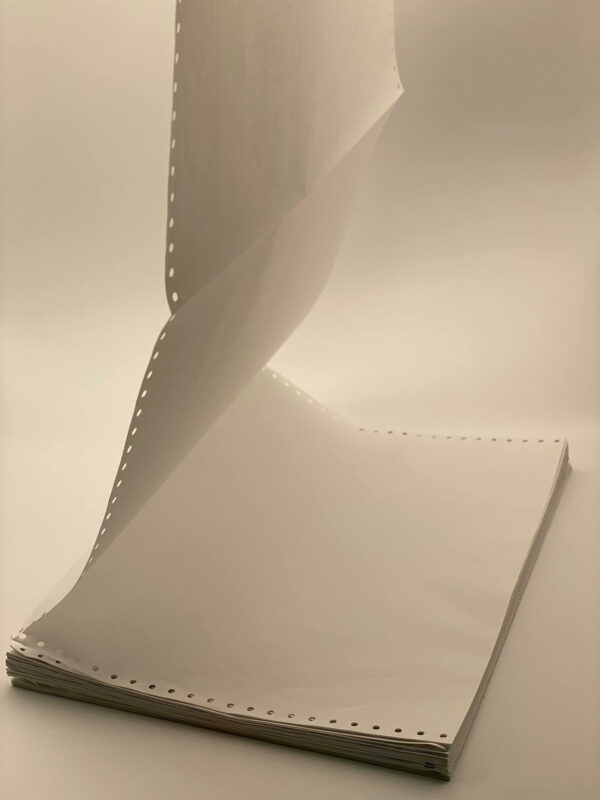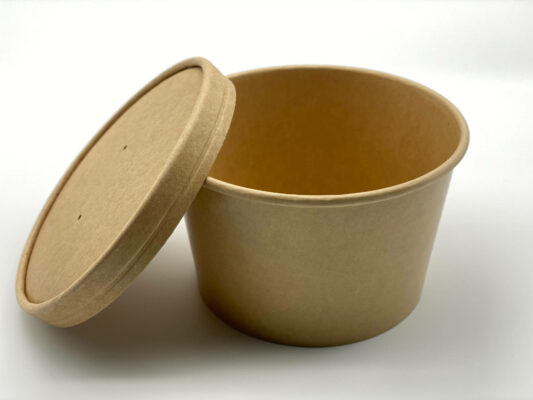To reduce the load on landfills, consumers should implement separate recycling at home. However, many people are only familiar with the catchphrase “blue paper, yellow coffee cans and plastic bottles”, but they may not be able to clearly distinguish which waste paper can be recycled.
If the preparation before recycling is insufficient, the entire batch of recycled materials may be contaminated or infiltrated with a large amount of impurities, which will affect the recycling effect and have no choice but to be disposed of in landfills. Check it out now to learn about the actual recycling process!
About clean recycling
More than 90% of Hong Kong’s paper recycling materials will be exported to the mainland, and the mainland authorities have tightened the requirements for importing recycled materials, including prohibiting the import of unsorted waste paper, recycling Impurities in materials should not exceed 0.5%.
Therefore, we must strengthen the source separation and clean recycling of waste paper so that the recycled materials can be processed to meet the relevant standards.
【Waste paper recycling】
Currently, about half of the waste paper disposed of in landfills belongs to the “three types of paper” that can still be imported into the Mainland. What three types of waste paper are the three types of paper?
Collective recycling of “three papers”
- Newspapers, books, periodicals, books and magazines must tear off the cover, back cover and inner pages containing plastic components
- Office paper such as monthly statements, letter paper, and impurities such as transparent envelope glue windows, cross-folders and staples should be removed
- Remember not to wet or stain the waste paper, and tear off the adhesive tape on the paper
Waste paper that should not go in the recycling bin
- The surface is coated with plastic and wax components or chemical substances, which are no longer allowed to be imported into the mainland, such as leaflets with plastic components, note paper, credit card customer stubs, bank deposit receipts, receipts from supermarkets and ATMs, lottery tickets, hot Sensitive fax paper, paper package drinks, wrapping paper, paper cups and paper plates, shoe boxes and egg boxes, photos, toilet paper and toilet paper, etc.

 繁體中文
繁體中文
